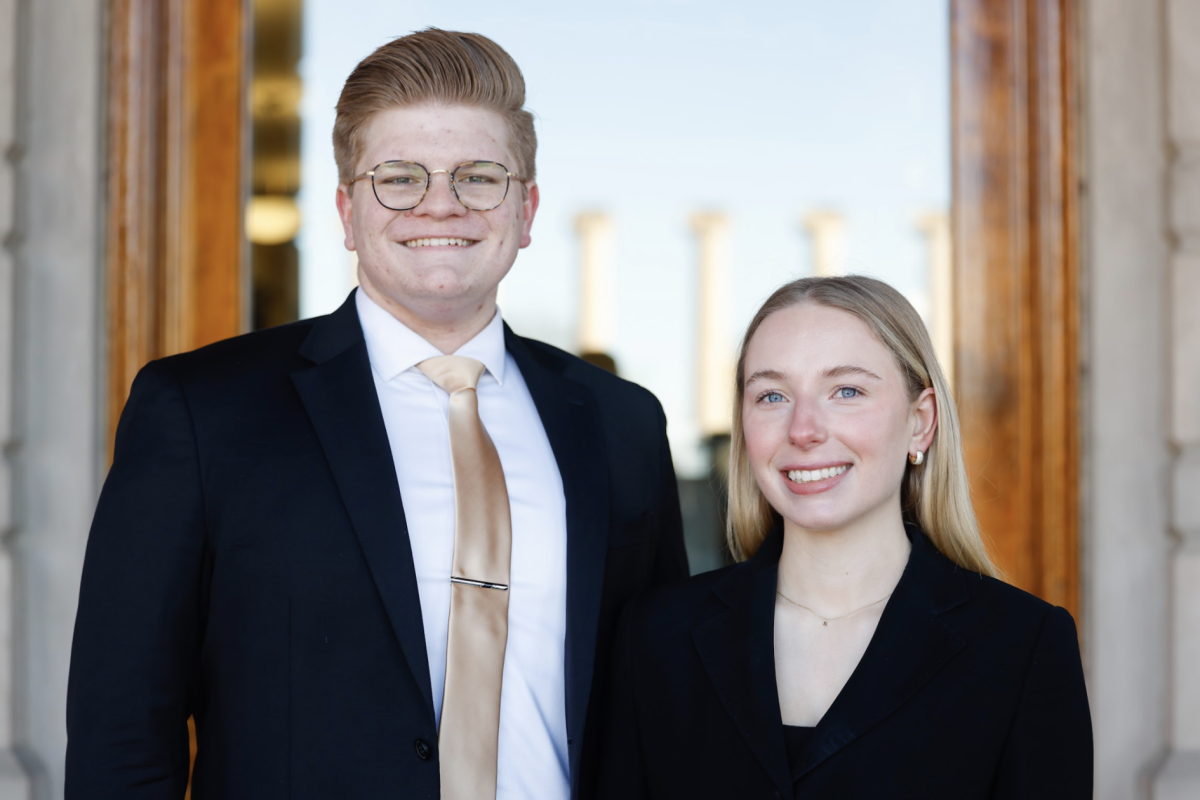COVID-19 guidelines in Columbia schools have forced the College of Education to keep all field experiences, which can include observation and tutoring, in a virtual format for freshmen, sophomores and juniors this semester.
Phase I and II of the BS Education degree require between 16-90 hours, depending on the program, of classroom observations and serving in community organizations that traditionally have been in-person. Field experiences can also include working with students in a classroom environment and volunteering time in a service-learning environment through community organizations.
John Lannin, associate dean for Student Success and Academic Affairs, said the College of Education is prioritizing seniors because they are currently working in the school. In the Senior Year On-Site Program this semester, 176 out of 181 seniors are completing their field experience in-person, and those who are completing it virtually chose to do so out of personal preference.
The format for students’ virtual field experiences depends on their area of emphasis and availability but mainly entail watching videos of different classrooms, completing simulated teaching experiences or joining a virtual classroom through Zoom.
Claire Cowan, a sophomore studying early childhood education, is currently completing a 20-hour virtual teaching observation through Columbia Public Schools for a second-grade class. She observes the class over Zoom.
Cowan said one of the main elements she feels sophomores missing from the virtual experience is interacting with students.
“Typically, we would really form those relationships with those students and really be able to see those interactions and see that classroom environment,” Cowan said. “With Zoom, it’s hard because the teachers want the kids to be muted most of the time.”
Cowan was more involved in the class she observed last semester and would run breakout rooms and assist students over Zoom, while this semester her experience is largely observation.
“It just feels like another one of our online classes where we’re just sitting there and watching (the students),” Cowan said. “A lot of us don’t have that interaction that we really want.”
Lannin said student interaction is a key experience the virtual experience lacks. Without in-person shadowing, education majors have fewer opportunities to interact informally and build relationships with students in the classroom.
“It certainly limits the interactions that both our student teacher and some of our supervisors have had with students in particular,” Lannin said. “You can’t have some of those informal conversations with the building principal or some other teacher in the building and make connections with people.”
Susan B. Empson, a professor of Learning, Teaching and Curriculum in the School of Education, said field experiences are important to the program because students are not observing what teachers are doing in the classroom.
Empson said there are elements to in-person experiences that don’t carry over to a virtual format.
“[Education students] are also learning how to enact instructional practices and how to interact with kids about their thinking and the content that they’re learning,” Empson said. “That’s not something that you can do just from reading an article in a teacher magazine, or even watching videos of classrooms.”
Lannin said that while there are obvious challenges to the virtual field experiences, there are also positives. Lannin said one benefit is that students have been able to observe teachers in a new environment.
Lannin said students will get to see teachers transition from a virtual to a face-to-face teaching model, which will enable students to see how a teacher develops a classroom environment that’s supportive of student learning.
However, Cowan said completing field experiences virtually makes her concerned that she is unprepared to teach when classes go back to face-to-face.
“It’s concerning for us [Education students] because we know that how we’re doing the observations now is not how we’re going to be teaching in the future once we do have a job,” Cowan said.
While Lannin said it’s difficult to plan far ahead with COVID-19, he predicts that the rollout of the vaccine will enable more face-to-face field experiences to take place next fall, as Phase 1B – Tier 3 of the Missouri Vaccination Plan includes student-teachers along with the rest of teachers.
“We’re going to work with our school district partners and follow the health guidelines that exist in that particular community, but I would imagine that a lot of people are going to be back to face-to-face,” Lannin said. “All states have a prioritization of teachers to get vaccinated.”
Edited By _ Sophie Chappell | [email protected] _













